Introduction
Autism Spectrum Disorder (ASD) is a complex neurological condition that affects communication, social interactions, and often leads to repetitive behaviors. Each person with ASD faces a unique combination of challenges and strengths, making it crucial for healthcare providers, caregivers, and communities to understand the varied presentations of ASD. Recent advancements in machine learning offer promise in analyzing complex data to improve early detection of ASD, ultimately enhancing the well-being of individuals with ASD and their families through timely interventions.
Additionally, integrating early ASD screening into routine pediatric care can connect families with supportive services at the earliest, a critical step acknowledged by researchers and health organizations alike. In this article, we will explore the importance of early intervention in autism prevention, the role of genetic factors in autism, strategies for early intervention, and the support and resources available for families navigating the complexities of ASD. Join us as we delve into these topics to provide guidance and resources to empower Parent Advocates in ensuring the well-being of their children.
Understanding Autism Spectrum Disorder (ASD)
Autism Spectrum Disorder (ASD) encompasses a wide range of neurological behaviors, affecting communication, social interactions, and often leading to repetitive behaviors. Each person with ASD faces a unique combination of challenges and strengths. This diversity in experiences makes it essential for healthcare providers, caregivers, and communities to understand ASD's varied presentations to support early diagnosis and personalized care.
Recent advancements in machine learning are promising, helping to analyze complex data and improve early detection of ASD. This can significantly improve life quality for individuals with ASD and their families through timely interventions. Moreover, integrating early ASD screening into routine pediatric care can aid in connecting families with supportive services at the earliest, a critical step acknowledged by researchers and health organizations alike.
The Importance of Early Intervention in Autism Prevention
Recognizing the early signs of autism spectrum disorder (ASD) and initiating early intervention can profoundly affect the trajectory of a child's development. With only 10-20 percent of children diagnosed with ASD before the age of five being able to live independently as adults, the importance of timely support cannot be overstated. Interventions tailored to a child's specific needs during their formative years can enhance their life skills and independence, potentially easing the genetic and environmental factors that contribute to the condition.
Dr. David (Dan) R. Offord's sentiment - "I do not mind if my children are in a race as long as the race is fair" - encapsulates the ideal of equitable opportunities for all children, including those with disabilities. A fair race equates to an environment where children's unmet needs are addressed, their unique strengths are recognized, and the chronic stresses that may impede their mental health are alleviated. It's crucial for caregivers to have the necessary support to foster their children's growth and family well-being.
This level of support is particularly vital for autistic children, who may also face co-occurring emotional and behavioral problems, putting them at a higher risk of social exclusion.
The shift in research methods from quasi-experimental studies to randomized-controlled trials reflects the evolving landscape of autism intervention studies. Clinicians now rely on the latest, most rigorous research outcomes to decide on the best interventions for their patients. Such evidence-based practices are essential to ensure children with ASD receive interventions with proven efficacy, ultimately contributing to a "fair race" in their developmental journey.
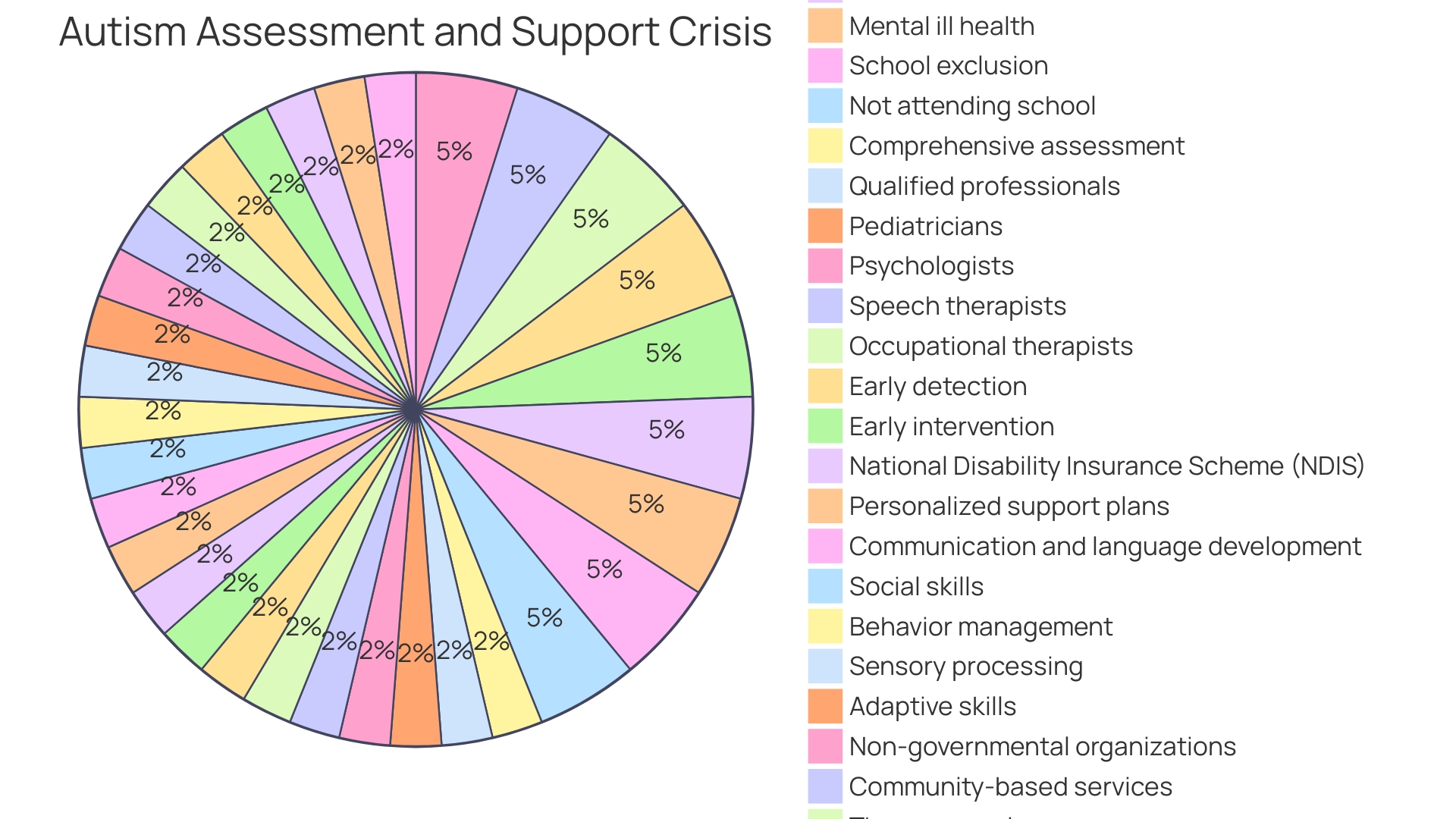
The Role of Genetic Factors in Autism
The intricate dance between our genes and the environment is pivotal in understanding the emergence of autism spectrum disorder (ASD). Cutting-edge research indicates that certain genes may elevate the risk of ASD by affecting brain development, synaptic connections, and neurotransmitter activity. Notably, these genetic factors are not the sole architects of ASD.
Environmental influences and their interplay with our genes are also critical contributors to the condition's development.
At the forefront of this research, Professor Iossifov and his team at Cold Spring Harbor Laboratory (CSHL) harness the power of a pioneering tool, Genotypes and Phenotypes in Families (GPF), to unearth the genetic foundations of autism. This innovative technology holds the promise of propelling the field toward groundbreaking discoveries.
It is essential to consider that the genetic landscape of ASD is complex and intertwines with other psychiatric disorders. For instance, a study supported by the National Institutes of Health (NIH) and approved by the Danish Data Protection Agency reveals that the offspring of parents with psychiatric conditions have an increased risk of ASD, highlighting the multifaceted nature of genetic risk.
Moreover, the personal stories of researchers, like the one whose sister's journey with developmental differences deeply influenced their career path, remind us that behind every scientific endeavor, there's a human element driving the quest for knowledge.
In sum, while genetics provide a crucial piece of the ASD puzzle, they do not stand alone. The dynamic interplay between our genetic makeup and the environment shapes the spectrum of autism, and ongoing research is vital to fully comprehend this complex relationship.
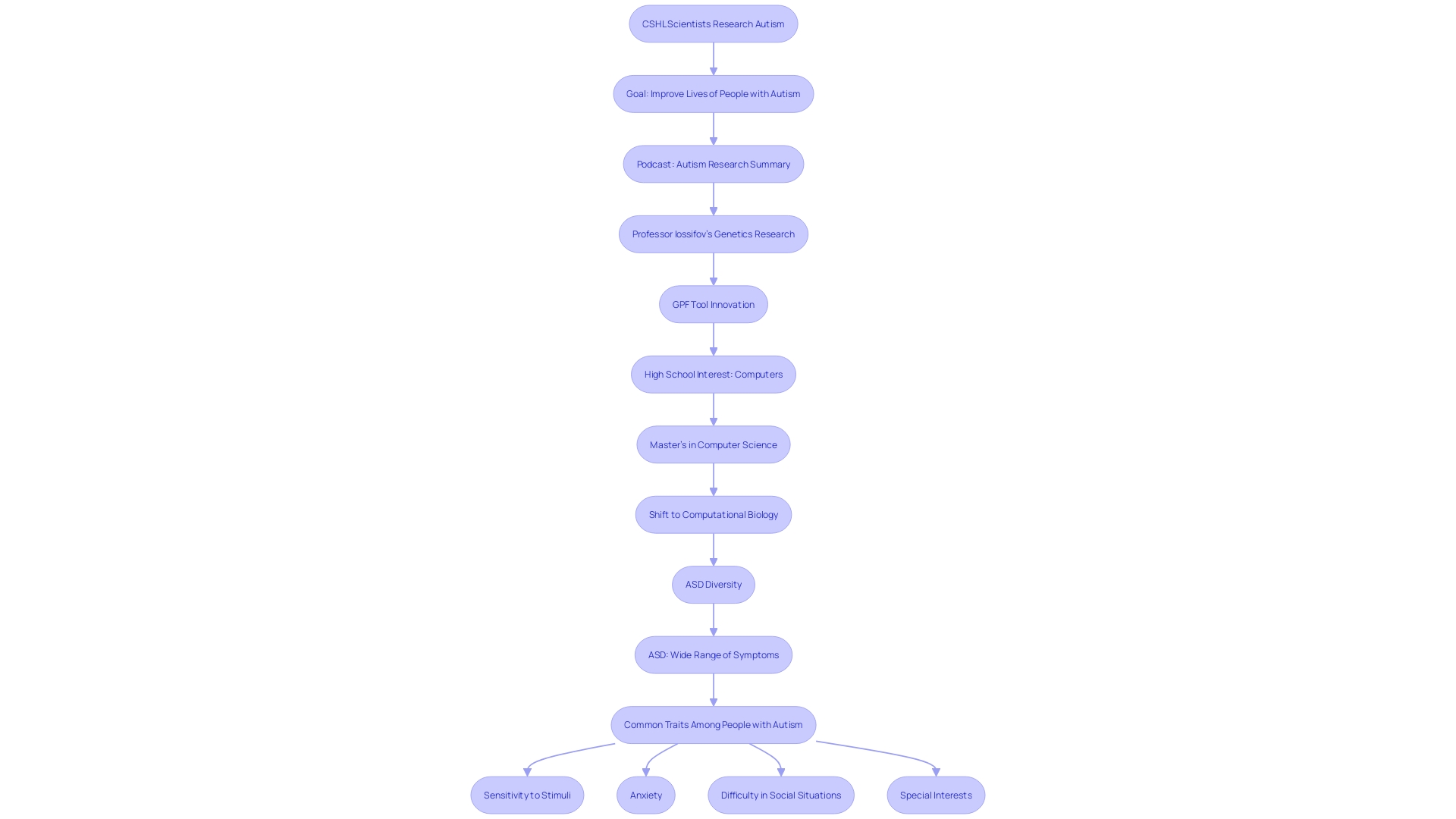
Understanding the Complexity of Genetic Factors
Deciphering the genetic landscape of autism spectrum disorder (ASD) involves meticulous research into both widespread genetic variants and rare genetic mutations. Studies have indicated that common genetic variants may augment the general risk of developing ASD, whereas rare mutations can exert a profound influence on the intensity and nature of autism symptoms in an individual. This complexity is compounded by genetic heterogeneity, which refers to the phenomenon where diverse genetic profiles can manifest in autism phenotypes that appear quite similar.
Understanding this intricate genetic interplay is pivotal, as it shapes the current scientific narrative of autism's origins and influences the ongoing quest for tailored interventions.

The Interaction Between Genetic and Environmental Factors
Autism spectrum disorder (ASD) is a complex condition influenced by a tapestry of genetic and environmental factors. While genetics lay the foundational blueprint, environmental elements play a significant role in shaping the expression of genes associated with ASD. For instance, prenatal exposures, maternal health, and early life experiences can impact how these genes manifest.
This intricate genetic-environmental interplay underscores the importance of a nuanced approach to early intervention and prevention strategies.
Exploratory research at institutions like Cold Spring Harbor Laboratory (CSHL) underscores the dynamic genetic landscape of ASD. Professor Iossifov's innovative tool, Genotypes and Phenotypes in Families (GPF), exemplifies the strides being taken to unravel the genetic complexities of autism, potentially paving the way for groundbreaking discoveries. The GPF tool is a testament to the evolving field of autism research, which has expanded from its initial description by Leo Kanner in 1943 to encompass a broad spectrum of genetic and environmental interactions.
Recent studies delve into the specifics of these interactions. For example, research funded by grant R01ES026993 has observed that common genetic mutations associated with ASD can result in similar symptoms through distinct cellular pathways. By focusing on neural circuits, particularly the auditory system where sensory hypersensitivities are prevalent in ASD, scientists aim to improve the quality of life for those affected.
The environmental side of autism research grapples with quantifying and understanding a myriad of factors, ranging from in utero pathogen exposure to socioeconomic conditions. The CHARGE and Recharge studies, for example, have employed the Child Opportunity Index to examine how various neighborhood traits influence development from childhood through adolescence.
Overall, the quest to comprehend ASD's origins is a confluence of meticulous research and the integration of genetic and environmental science. This knowledge equips us with the potential to tailor interventions more effectively, enhancing the lives of individuals with autism and their families.
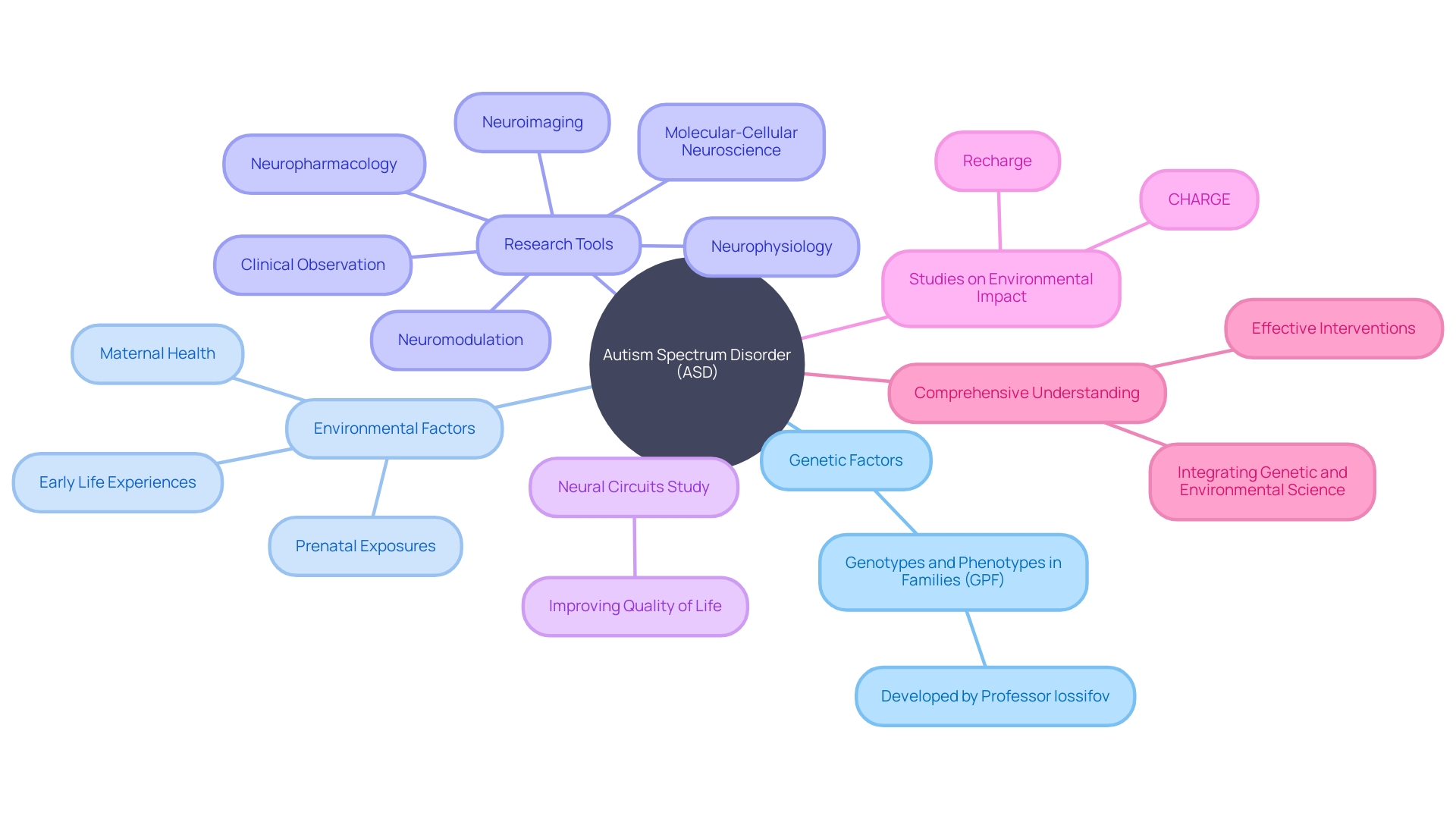
Early Intervention Strategies for Autism
Interventions for autism spectrum disorder (ASD) are designed to cater to the unique challenges faced by individuals, aiming to foster language, social, cognitive skills, and manage behaviors that may be disruptive or harmful. These interventions, such as speech therapy, occupational therapy, applied behavior analysis (ABA), social skills training, and sensory integration therapy, are crucial in ensuring that children with ASD can engage meaningfully in school, home, and leisure activities, contributing positively to their mental health and overall well-being.
Emphasizing the significance of early diagnosis, researchers like Dr. Robert Naviaux have noted that understanding the interplay of genetic and environmental factors can lead to early intervention and improved outcomes. This approach aligns with the philosophy of Dr. David (Dan) R. Offord, who advocated for a fair and supportive environment for all children, including those with disabilities, to thrive.
Moreover, recent advancements in research methodologies, such as the shift from quasi-experimental to randomized-controlled trials, provide more reliable evidence for the effectiveness of these early interventions. Such robust research is essential for clinicians to prescribe the most beneficial treatments for their patients, ensuring that every child has the opportunity to reach their full potential and live as independently as possible.
Furthermore, ensuring that caregivers have the necessary resources to support their children's development is also crucial. Support systems and research bodies, like the Interagency Autism Coordinating Committee (IACC), play pivotal roles in enhancing communication and coordination across different federal agencies, ultimately reflecting the collective expertise in autism research and services.
In a world where only 10-20 percent of children diagnosed with ASD before the age of 5 can live independently as adults, these early intervention strategies are not just beneficial—they are imperative for leveling the playing field and helping each child participate fully and fairly in the 'race' of growing up.
The Role of ABA Therapy in Early Intervention
Applied Behavior Analysis (ABA) therapy stands out as a key evidence-supported strategy for autism intervention, grounded in the principles of behavioral learning. It's designed to reshape behaviors and impart new skills through a systematic approach. Recognized for its potential, ABA therapy plays a significant role in enhancing communication, social interactions, and adaptive skills among individuals on the autism spectrum.
The benefits of ABA therapy, particularly when initiated early, are profound, offering the possibility of altering long-term outcomes for children with Autism Spectrum Disorder (ASD).
According to Dr. Jan Blacher, a research professor of education and psychology, the rise in autism diagnoses is rooted in an evolving understanding of the condition. Historically, autism was narrowly defined by restrictive, repetitive behaviors and social interaction deficits. However, as diagnoses diversified, the spectrum of autism expanded, revealing cases where individuals possess strong intellectual capabilities, communication, and adaptive skills.
Despite these variations, ABA therapy has been universally applied.
In ensuring equitable mental health care, Dr. David (Dan) R. Offord emphasized the importance of supporting children with disabilities to participate actively in school, home, and leisure activities. This support includes recognizing both the challenges and strengths children with disabilities bring to their communities, alleviating persistent stress, and providing caregivers with necessary resources for nurturing healthy development.
For autistic children, especially those with co-occurring emotional and behavioral problems, ABA therapy is crucial for fostering inclusion and participation within their schools and communities. With 31–55% of individuals with autism also experiencing intellectual disabilities, tailored interventions are essential. ABA therapy begins with a thorough evaluation to identify specific behaviors and create personalized interventions, with ongoing data collection to monitor progress and adjust strategies accordingly.
The commitment to ABA therapy is a long-term investment in the child's development, requiring consistency and sustained effort to achieve meaningful behavior changes and skill acquisition.
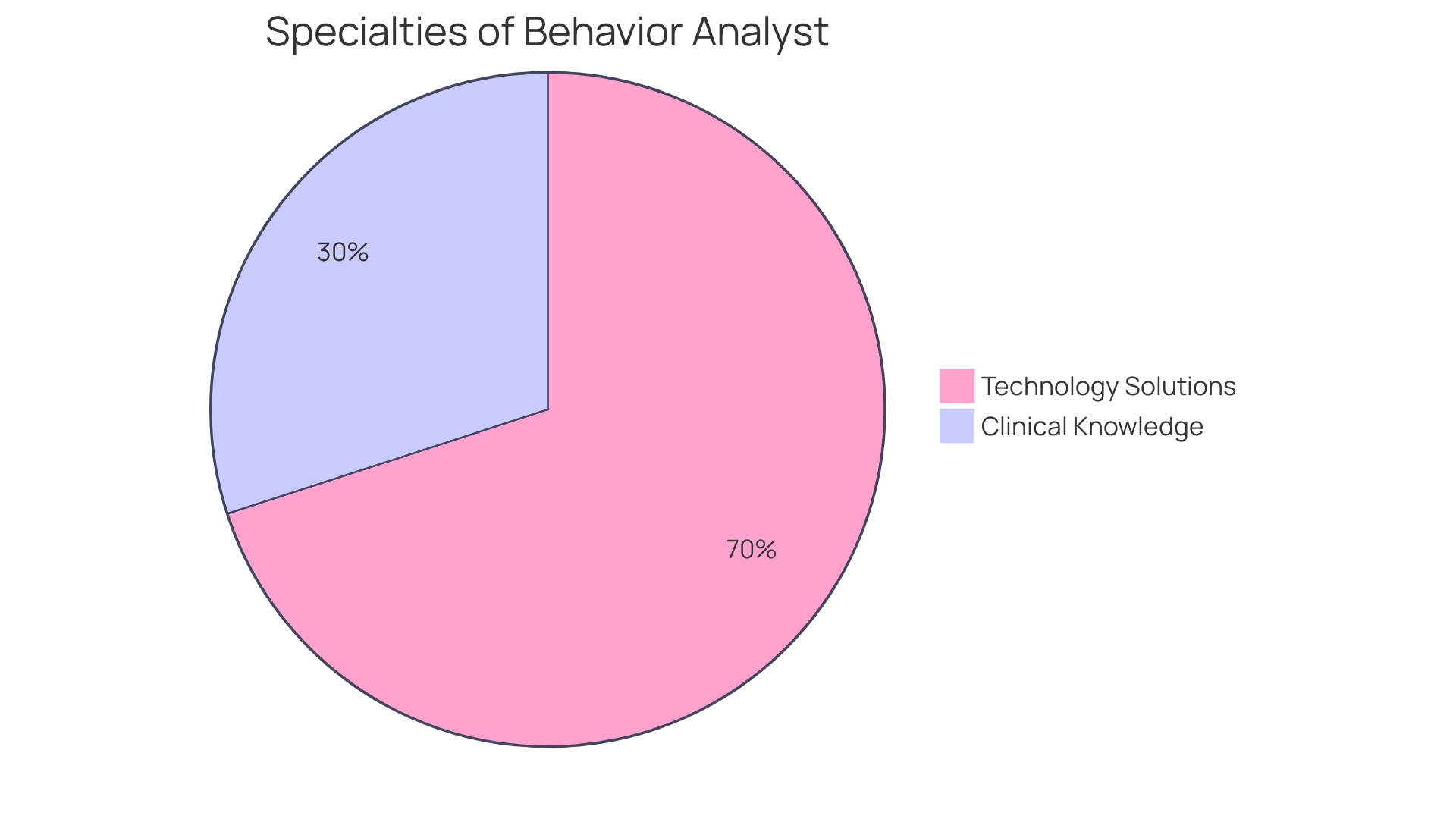
Support and Resources for Families
Families navigating autism's complexities often find themselves in a landscape of evolving scientific insights and therapeutic modalities. As such, it's essential for caregivers to keep abreast of the latest developments, understanding the nuances of treatments and medications prescribed to their children, and discerning the credible from the questionable. The digital era has furnished parents with online platforms brimming with both peer support and a trove of information—forums where experiences are exchanged and wisdom is collectively built.
Yet, the savvy caregiver learns to sift through the noise, seeking substantiation from recognized experts, and remaining vigilant against the seductive yet potentially harmful allure of unproven 'cures'.
Recent reports underscore the urgency of this informed vigilance, with a staggering 27% increase in new autism referrals over the past year, and an overwhelming majority of children facing extended waits for assessments. The implications for mental health and social equity are profound, echoing the sentiment of the late Dr. David (Dan) R. Offord that every child has the right to a 'fair race'—a race where well-informed, supported parents can advocate effectively for their child's inclusion and well-being.
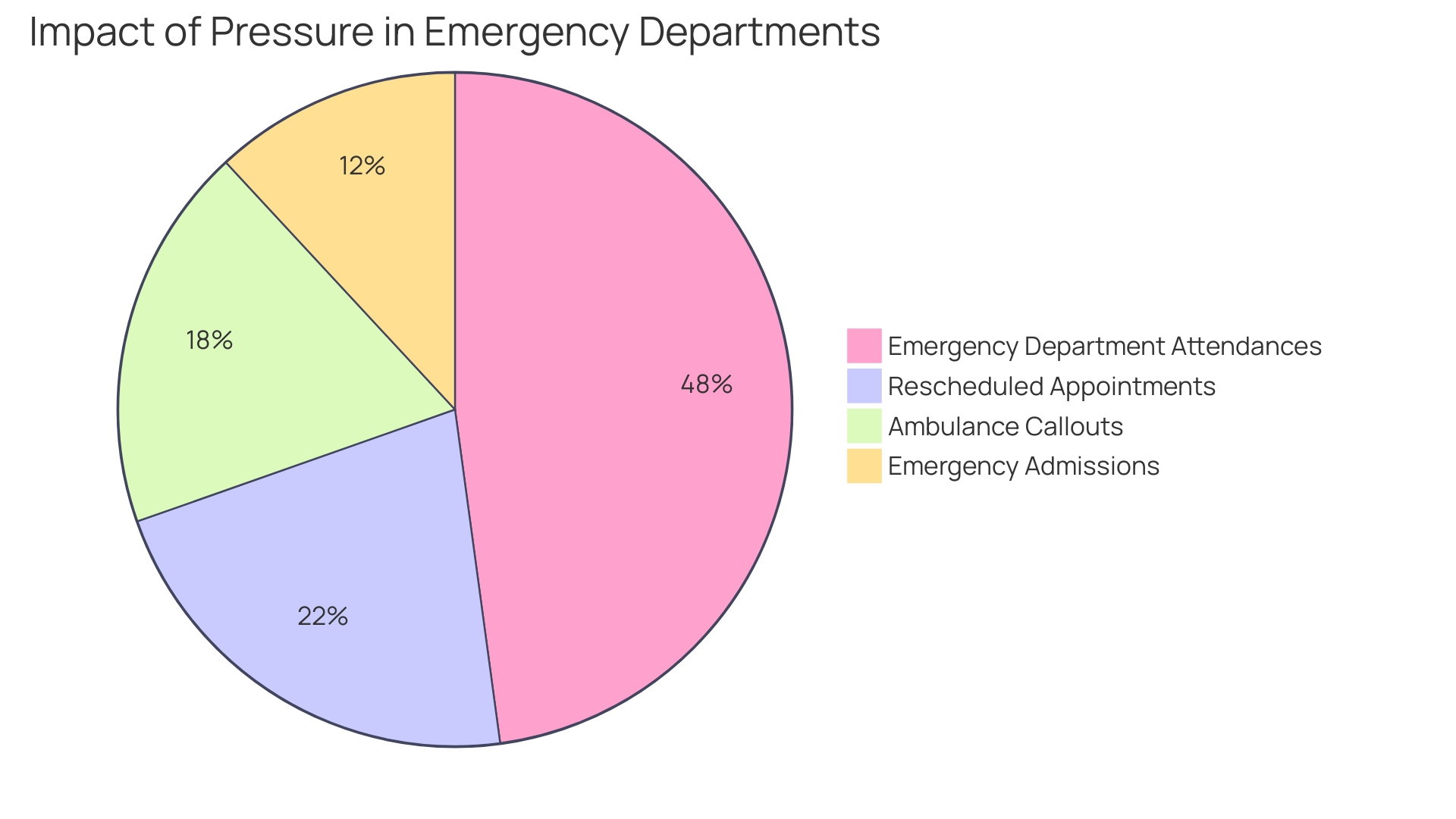
Conclusion
In conclusion, Autism Spectrum Disorder (ASD) is a complex condition that affects communication, social interactions, and behavior. It is crucial for healthcare providers, caregivers, and communities to understand the varied presentations of ASD to provide early intervention and personalized care.
Advancements in machine learning offer promise in improving early detection of ASD, enhancing the well-being of individuals with ASD and their families through timely interventions. Integrating early ASD screening into routine pediatric care is essential in connecting families with supportive services at the earliest.
Genetic factors play a significant role in ASD, affecting brain development and synaptic connections. However, the interplay between genetics and the environment is crucial in shaping the spectrum of autism. Continued research is necessary to fully comprehend this complex relationship.
Deciphering the genetic landscape of ASD involves studying widespread genetic variants and rare mutations. Common genetic variants increase the general risk of ASD, while rare mutations can have a profound impact on the nature and intensity of autism symptoms.
The interaction between genetic and environmental factors is important in understanding ASD. Prenatal exposures, maternal health, and early life experiences can influence how genes associated with ASD manifest. A nuanced approach to early intervention and prevention strategies is crucial.
Interventions for ASD aim to enhance language, social interactions, cognitive skills, and behavior management. Early diagnosis and interventions, such as Applied Behavior Analysis (ABA) therapy, can significantly improve outcomes for children with ASD.
Families navigating the complexities of ASD can find support and resources through online platforms and peer support. Staying informed and discerning credible sources is essential in advocating for their child's well-being.
In conclusion, understanding the varied presentations of ASD, the role of genetics and the environment, and the importance of early intervention are vital in ensuring the well-being of individuals with autism. By leveraging advancements in machine learning, tailoring interventions, and accessing support and resources, Parent Advocates can empower their children to thrive. Together, we can create a world where every child has the opportunity to reach their full potential.




